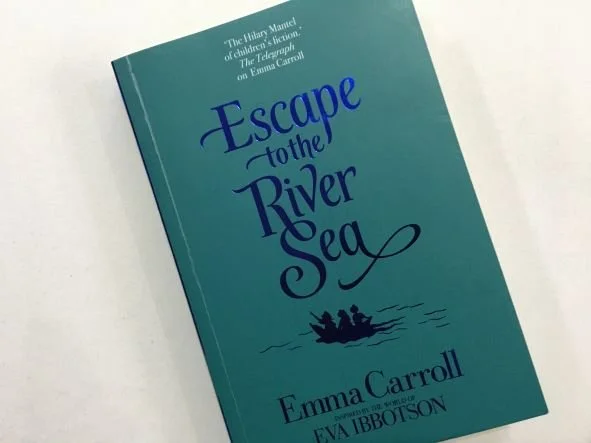The Little Match Girl Strikes Back
Bridie is one of the many youngsters selling matches on the streets of Victorian London. Her mother works long hours in dangerous conditions as a dipper in the Bryant and May Match Factory and even her six-year-old brother, Fergal, spends long hours making matchboxes in their tiny home. When trouble strikes and leaves Bridie hurt and alone, with just three matches left, magic happens when she strikes each one, allowing her to see visions of a different, brighter future. Realising she can change the future, the little match girl leads the factory workers out on strike and to achieve remarkable things.
Based on the real-life events of the matchgirls’ strike, this is a re-working of Hans Christian Andersen’s classic ‘The Little Matchgirl’. Like the original matchgirl, Bridie is cold, poor and hungry, but that’s where the similarity ends. Flame haired Bridie sparks with life, using her skill as a storyteller to charm people into buying her matches. Her determination and street savvy attitude, essential to her survival on the streets of Victorian London, make her a far more rounded, appealing character than Anderson’s ‘little child’. Her indignation at the injustices she sees all around her – the appalling conditions her mother works in, the bullying pettiness of the male supervisors in the factory, her mother’s encroaching illness to name a few - is infectious, leading the reader to empathise with her situation, but unlike the original, to feel a genuine – and justifiable- anger targeted at those responsible.
The story is sure to inspire some readers to investigate Annie Besant’s role in these events and research further into the events of this historic occasion. The newspaper article written by Annie, for example, can be seen on-line. Reading the story instantly made me want to know more about the girls involved and I have tried to locate those who are named as part of the Union committee in the census returns for 1881/91, but have had limited success in the short time I have been searching, finding only one possible entry for Mary (Polly) Driscol.
Taken from the 1891 Census
Emma has done a wonderful job of including elements from the original- the loss of the mother’s over-large slippers, the boy who takes them (although very different in this telling), the danger of carriages, the longing for goose- but has transformed the story into so much more. Books like this are essential for broadening children’s historical knowledge to events not taught in school and sparking their interest. Additional information from both author and illustrator is included at the end, accompanied by photographs, adding to the reader’s understanding of these events. In addition to being an excellent independent read, the book would work well as a guided reading or whole class text. It offers so many opportunities for discussion, role play and debate, leading to quality writing in a wide range of forms and enriching the curriculum, allowing children to make links with other areas of learning, deepening their understanding of living conditions in Victorian England and making them question how things have changed- or not.
Lauren’s illustrations and the use of varied typography add to the appeal of the story and the elliptical breaks within chapters will support children who feel overwhelmed by lengthy chapters, offering natural places for them to take a break in their reading should they need to do so. The accessible format does not prevent the story from containing plenty of challenge.
I have reviewed the book for someone else, but love it so much that I had to add some more here! Definitely one I will be planning for as a guided reading text, ‘The Little Match Girl Strikes Back’ is an excellent read.
The Little Match Girl Strikes Back
Emma Carroll, illustrated by Lauren Child
Simon and Schuster ISBN: 978- 1398512818
Published 15th September 2022
You can read my review of ‘Escape to the River Sea’ here.




